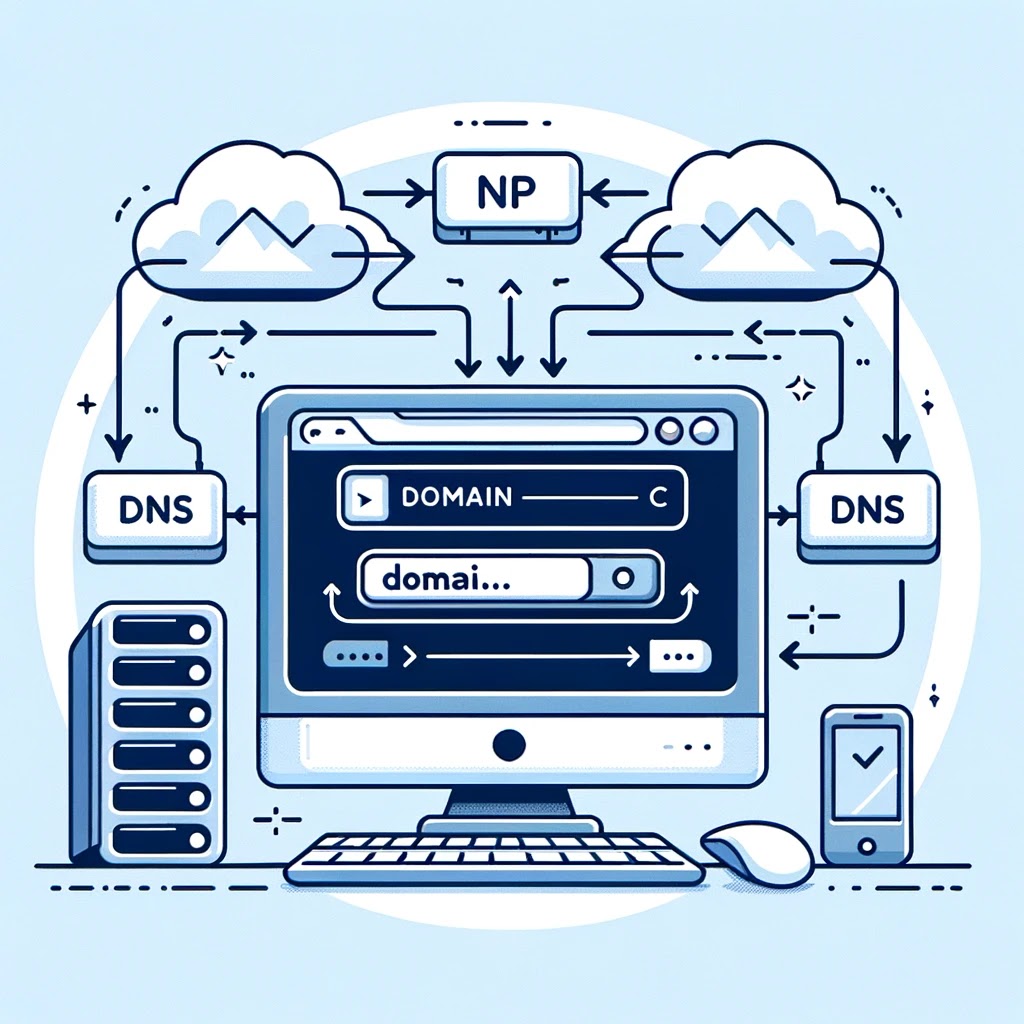Plugins are the backbone of any successful WordPress blog, offering functionalities that can transform your site. Here are ten essential plugins you need in 2024 to enhance your blog’s performance, security, and user experience.
1. Yoast SEO: Yoast SEO is a comprehensive tool for optimizing your content for search engines. It helps with keyword usage, meta descriptions, readability, and more.
2. Akismet Anti-Spam: Keep your site free from spam comments with Akismet. It filters out unwanted comments, ensuring your blog remains clean and professional.
3. WP Rocket: For improved site speed and performance, WP Rocket is a top caching plugin. It’s easy to set up and can significantly reduce loading times.
4. Jetpack: Jetpack offers a suite of tools including security, performance, and site management features. It's an all-in-one plugin that’s indispensable for any WordPress site.
5. Elementor: Elementor is a powerful page builder that allows you to create custom layouts without any coding. It’s user-friendly and offers a wide range of design options.
6. UpdraftPlus: Backing up your site regularly is crucial. UpdraftPlus simplifies this process, allowing you to schedule backups and store them in various locations.
7. WooCommerce: If you’re looking to add eCommerce functionality to your blog, WooCommerce is the go-to plugin. It’s robust, flexible, and widely supported.
8. MonsterInsights: Integrate Google Analytics with your WordPress site using MonsterInsights. It provides easy-to-understand insights and analytics to help you track your site’s performance.
9. Smush: Optimize your images without sacrificing quality with Smush. It compresses and resizes images to improve site speed.
10. Wordfence Security: Protect your site from malware and security threats with Wordfence. It offers real-time threat detection, firewall protection, and more.
Conclusion: Enhancing your WordPress blog with these essential plugins can help you improve SEO, security, performance, and user experience. Stay updated with the latest tools to keep your blog competitive in 2024.







